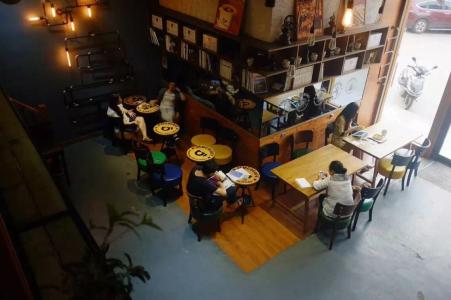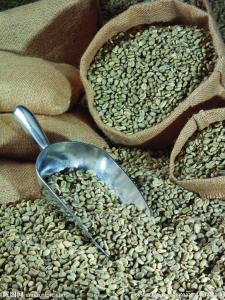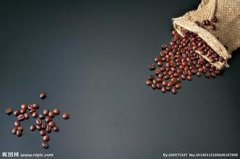Introduction of Brazilian boutique coffee beans bourbon Minas with lubricated taste
Brazil is known as the kingdom of coffee. It is the largest coffee producer and exporter in the world. The output value of coffee accounts for more than 30% of the world's output value. 1% of the coffee in the world is produced here. Brazil is also the second largest coffee consumer in the world after the United States. About 300000 farmers here are engaged in the coffee industry. It not only carries the important task of Brazil's economic development, but also affects the development of international coffee. You know, the vast majority of instant coffee is made from Brazilian coffee.
There are many kinds of Brazilian coffee, it is difficult to say what extra flavor it has, no outstanding advantages, no significant disadvantages, most of them are medium acid, taste lubrication, mainly mild and smooth, mellow and sweet, its softness makes it mixed with other coffee beans, the taste will not change much; and the oil is rich in contrast. So Brazilian coffee beans are best mixed with other coffee beans to make espresso, which forms a golden foam on the surface of espresso and gives the coffee a slightly sour taste and a long finish. In fact, all the blended coffees run by big coffee roasters contain some bird shit coffee from Brazil.
Old bourbon coffee is grown on some estates in the Serrado district of MinasGreais in southeastern Brazil. These estates, such as Caping Blanco (CapinBranco) and Vista Allegre (VistaAllegre), grow old varieties of bourbon coffee on the market. Although they come from the same area, these coffees have their own characteristics. Capingblanco coffee is smoother than Vesta Allegre coffee, while Vesta Allegre coffee is strong and black, both of which have lower acidity. However, like all Brazilian coffee, they are most suitable for drinking when they are fresh and tender

Important Notice :
前街咖啡 FrontStreet Coffee has moved to new addredd:
FrontStreet Coffee Address: 315,Donghua East Road,GuangZhou
Tel:020 38364473
- Prev

Introduction of beans which are most suitable for honey treatment among coffee bean varieties
We know that the treatment of raw coffee beans can be roughly divided into three types. The distinction between each method is based on the fact that several layers of matter are removed from the fruit before the coffee is dried. The following is a list of the three major processing methods: 1. Natural sun treatment: retain all substances 2. Honey treatment: remove the peel and pulp and retain part or all of the mucous membrane (honey) 3. Water washing: the use of water washing and fermentation
- Next

Panama Flower Butterfly Bokui Special area contains 40% Rose Summer
Panamanian Pocket Flower Butterfly Coffee beans Panama Boquete Butterfly Panamanian Poket Flower Butterfly Coffee beans Panama Boquete Butterfly are said to contain 40% of Deep-Fried Chicken coffee variety geisha Rosa (geisha) coffee beans (coffee beans more expensive than Blue Mountain Coffee). Gesha is one of the most primitive coffee varieties in the world.
Related
- Detailed explanation of Jadeite planting Land in Panamanian Jadeite Manor introduction to the grading system of Jadeite competitive bidding, Red bid, Green bid and Rose Summer
- Story of Coffee planting in Brenka region of Costa Rica Stonehenge Manor anaerobic heavy honey treatment of flavor mouth
- What's on the barrel of Blue Mountain Coffee beans?
- Can American coffee also pull flowers? How to use hot American style to pull out a good-looking pattern?
- Can you make a cold extract with coffee beans? What is the right proportion for cold-extracted coffee formula?
- Indonesian PWN Gold Mandrine Coffee Origin Features Flavor How to Chong? Mandolin coffee is American.
- A brief introduction to the flavor characteristics of Brazilian yellow bourbon coffee beans
- What is the effect of different water quality on the flavor of cold-extracted coffee? What kind of water is best for brewing coffee?
- Why do you think of Rose Summer whenever you mention Panamanian coffee?
- Introduction to the characteristics of authentic blue mountain coffee bean producing areas? What is the CIB Coffee Authority in Jamaica?

